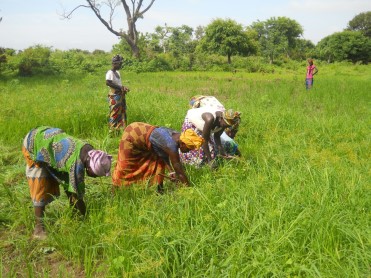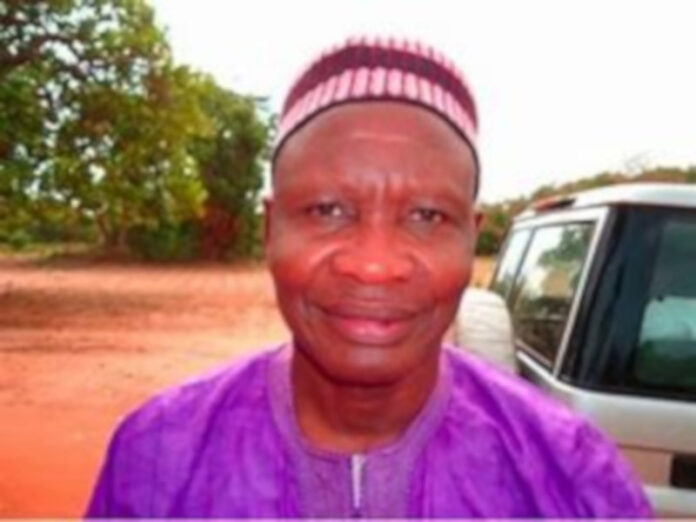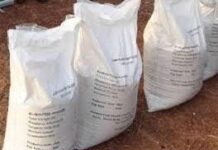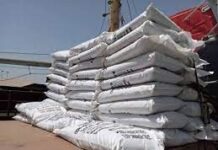This Column is devoted to monitor and report on issues that relate to production, processing, preservation and marketing of agricultural produce, aimed at ensuring food security in the Gambia as well as the interventions of Government and Non-governmental Organizations in this regard.
Rice is the major staple food of the Gambia and the country’s national requirements was 398,364 metric tons in 2019, while national production was estimated at only 22,706 metric tons for the same year or only 5.7 percent of the country’s total need. However, the national food deficit is bridged by commercial imports of rice and wheat flour, in addition to food aid.
In the last edition of the Column, we shared with the readers about the Rice Value Chain Transformation Project (RVCTP) which seeks to increase rice production and commercialization within the three agricultural Regions of CRR/North and South and URR, the major rice growing regions of the Gambia, using the value chain approach.
The primary objective of the project also is to intensify production in order to reduce the importation of rice in the country, which correlates with the long term food self-sufficiency drive of the Ministry of Agriculture.
This Column is also aware of projects which were implemented before, but yet the country is far from being self-sufficient in rice.
This is precisely the reason why Lamin M.S. Jobe, the former Director of Research at the National Agricultural Research Institute (NARI), was approached to authenticate whether or not, there are constraints in the sector.
According to him, Gambia possesses a range of suitable ecologies for rice production, such as rain fed upland rice, rain fed lowland rice, mangrove swamps and the irrigated swamp rice production respectively.

However, Jobe said the factors responsible for lower local rice production and declining land areas for cultivation, are numerous and diverse and that the reasons can vary from one ecology to another.
He said Upland ecology, has huge potential for increasing rice production in this country and areas under cultivation for this in 2006, was about 10,000 ha; 47,500 ha in 2011 rising to 50,000 ha in 2013 (NRDS.2014). The former NARI Director of Research asserted that this shows the importance this has in the development of rice production in this country.
Unfortunately, he said this is also characterized by low soil fertility, huge weed control requirement and socio-economic constraints such as encroachment by human settlement especially in the Kombo and rural urban areas, and stray animal pests as well.
Regard lowland ecologies such as irrigated swampy areas, Jobe said there is still huge potential for expansion in this area and investment has also been made in the area; that there is much lowland areas which have never been exploited including many abandoned sites, due to the many constraints in the area; that major among the constraints in this area, is land development.
“Difficulties and delays in land preparation, results in serious delay in the required operations in the area,” Director Jobe stated; that this in turn, impacts negatively on yields and the turnaround time that will allow for effective double cropping.
“As for the mangrove swamps, the area used to be the food basket of the country where farmers usually get bumper harvests from their farms,” Jobe posited.
Jobe further noted that soils in this ecology are generally fertile but access is generally very difficult because land development in such areas are difficult; that in some parts of the country, hippos are a major pest and rural urban migration by youth from villages with this type of land areas means that the women and old people left in these villages abandon most of these areas. He said evidence of the above can be seen in the North Bank areas of Bamba Tenda / Farafenni road, where the fields have been overtaken by mangrove plants and by aquatic weeds and mangrove in other areas.
What needs to be done to address the rice problem?
According to Jobe, the Former NARI Director of Research, they have seen a huge potential for upland rice cultivation. But that today, the area under cultivation in these areas is half of what it was in 2014; that to address the continuous decline of these areas under cultivation with low production, is to restructure and empower farmer organisations in this country.
“Local farmer organizations must be strong and vibrant. There should be more involvement of farmer organizations in policy making especially in the pricing of their produce and other decision making processes,” he said.
According to Jobe, the expansion of rice production in the Gambia will be achieved through the rehabilitation of abandoned areas, land development and irrigation infrastructure development while the intensification of production will additionally be the construction of access roads and the cultivation of short-duration rice varieties.
“Most of the decisions to intervene in agriculture are taken from the top, sometimes even dictated by donors. And many a times, the involvement of grass root beneficiaries is minimal,” Jobe concluded.





















